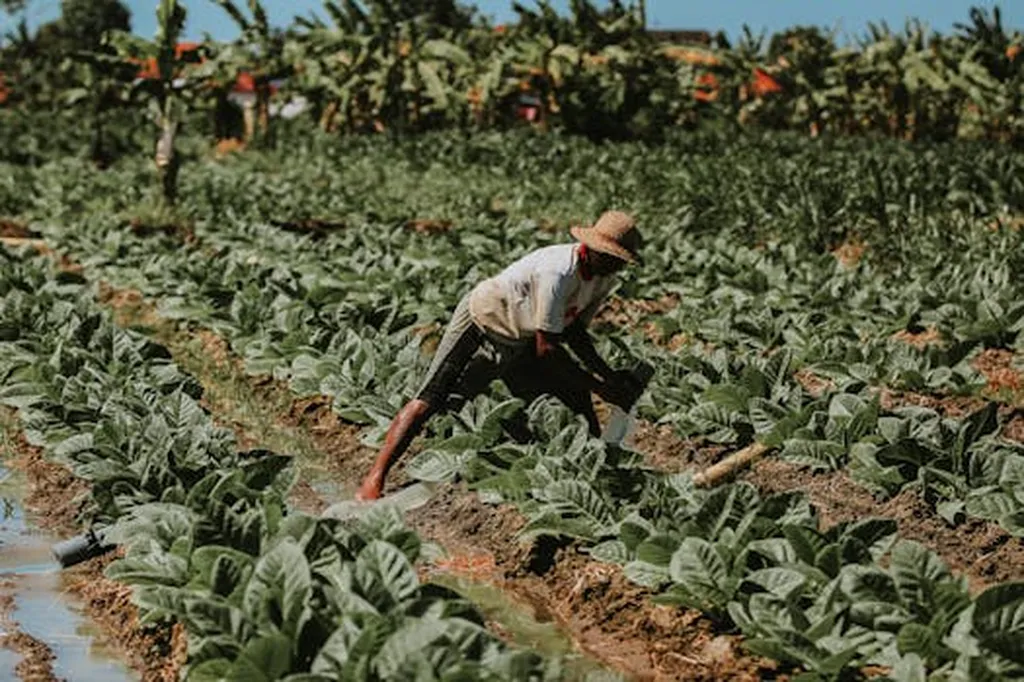In the heart of Indonesia, researchers are making waves in the agricultural sector with a novel approach to estimating reference evapotranspiration (ETo), a critical factor in precision irrigation. Abdul Haris, a researcher from the School of Data Science, Mathematics, and Informatics at Bogor Agriculture University, has developed a new algorithm that could revolutionize how farmers and agritech companies manage water resources.
Haris and his team have introduced a Hybrid Convolutional Neural Network Long Short-Term Memory (H-ConvLSTM) algorithm, which outperforms traditional methods like RNN, LSTM, GRU, and even the ConvLSTM algorithm. The significance of this research lies in its ability to estimate ETo using only two variables: air temperature and relative humidity, excluding solar radiation. This simplification not only facilitates the computational process on devices with limited processing capabilities but also opens up new possibilities for smart irrigation systems.
“Our goal was to make the computational process more efficient and accessible,” Haris explained. “By minimizing the number of variables, we can run these models on devices with lower processing power, making it more practical for farmers and agritech companies to implement.”
The results speak for themselves. The determinant coefficient values for RNN, LSTM, GRU, and ConvLSTM were 0.8354 (84%), 0.8506 (85%), 0.8496 (85%), and 0.8536 (85%), respectively. In contrast, the new H-ConvLSTM architecture exhibited a value of 0.8942 (89%), which is superior to that of other algorithm architectures.
This research, published in the IEEE Access journal, also known as the “open access journal of IEEE,” has significant implications for the energy sector. Accurate ETo estimation is crucial for optimizing irrigation schedules, which in turn can lead to substantial water and energy savings. As the world grapples with climate change and water scarcity, technologies that promote efficient water use are more important than ever.
The commercial impacts of this research are far-reaching. Agritech companies can integrate this algorithm into their smart irrigation systems, making them more efficient and cost-effective. Farmers can benefit from more precise irrigation schedules, leading to improved crop yields and reduced water waste. Moreover, the energy sector can leverage this technology to optimize water use in power plants, particularly those that rely on cooling systems.
Looking ahead, this research could pave the way for further advancements in the field. As Haris noted, “This is just the beginning. There’s so much more we can do with deep learning and data minimization in agriculture.”
In the quest for sustainable agriculture and efficient water use, Haris’s work shines as a beacon of innovation. By pushing the boundaries of what’s possible with deep learning, he and his team are helping to shape a future where technology and agriculture go hand in hand.

